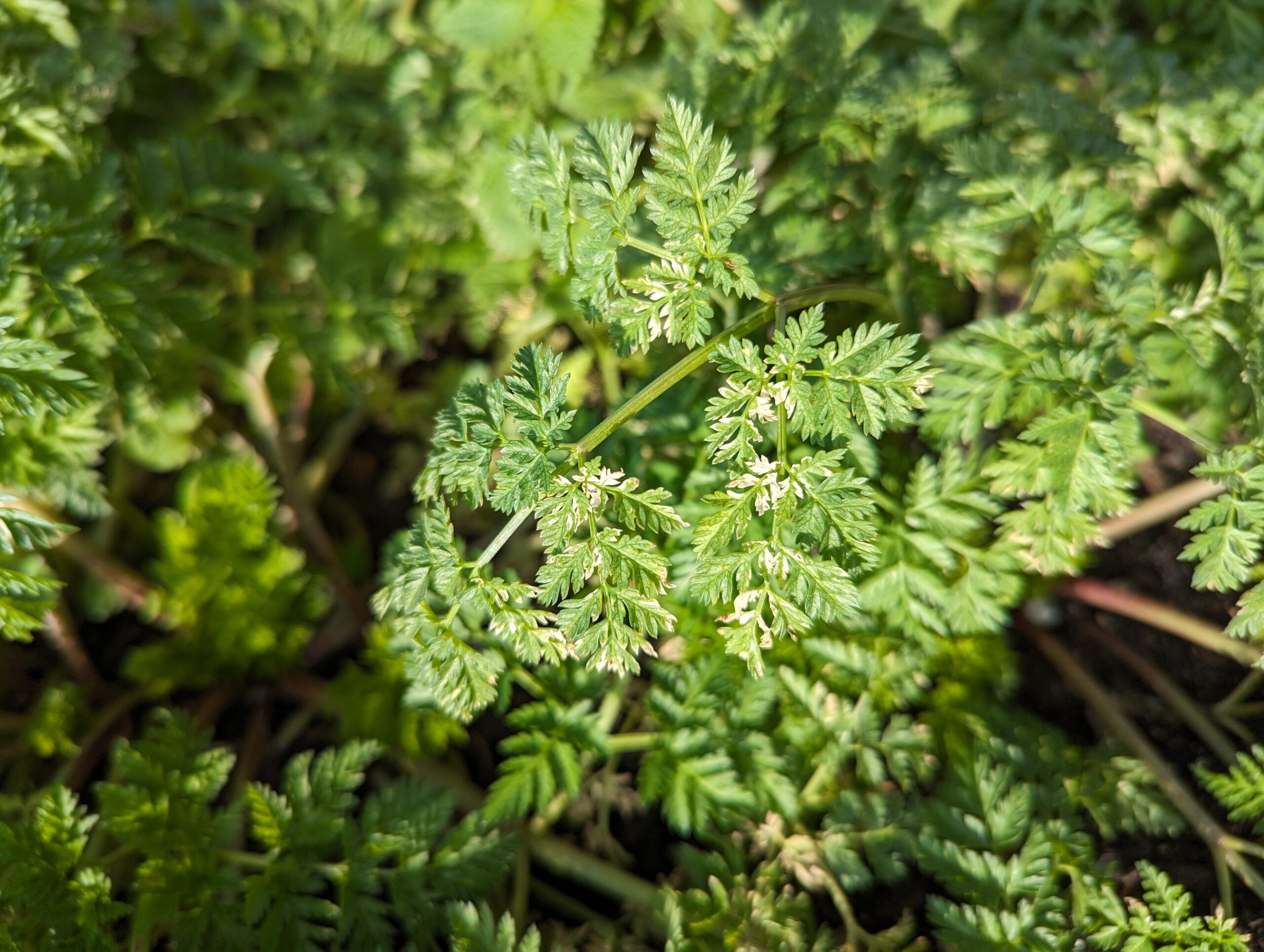We want to raise awareness regarding the presence of poison hemlock, a highly invasive and toxic plant species in our area. Poison hemlock not only poses a significant health risk to humans, pets, and livestock if ingested but also presents dangers to skin and respiratory health upon contact or inhalation.
It is crucial to exercise caution when encountering this plant. Despite its aggressive nature and resilience, it can be removed manually with gloves and patience. However, it is imperative to dispose of it properly by placing it in the trash. Do not burn poison hemlock as it releases harmful toxins into the air, posing further health risks.
Poison hemlock is classified a noxious weed. A noxious weed refers to any plant species that is invasive, harmful, or detrimental to ecosystems, agriculture, human health, or the economy. These weeds typically outcompete native vegetation, reducing biodiversity and causing ecological imbalances. They can also cause significant economic losses by reducing crop yields, clogging waterways, and interfering with infrastructure. Control and eradication efforts are often necessary to manage the spread and impact of noxious weeds.
A noxious weed refers to any plant species that is invasive, harmful, or detrimental to ecosystems, agriculture, human health, or the economy. These weeds typically outcompete native vegetation, reducing biodiversity and causing ecological imbalances. They can also cause significant economic losses by reducing crop yields, clogging waterways, and interfering with infrastructure. Control and eradication efforts are often necessary to manage the spread and impact of noxious weeds.
For those interested in learning more about identifying and effectively managing poison hemlock, we recommend referring to the comprehensive guide provided in the 2023 issue of the Purdue University Landscape Report: Purdue University Landscape Report on Poison Hemlock.
